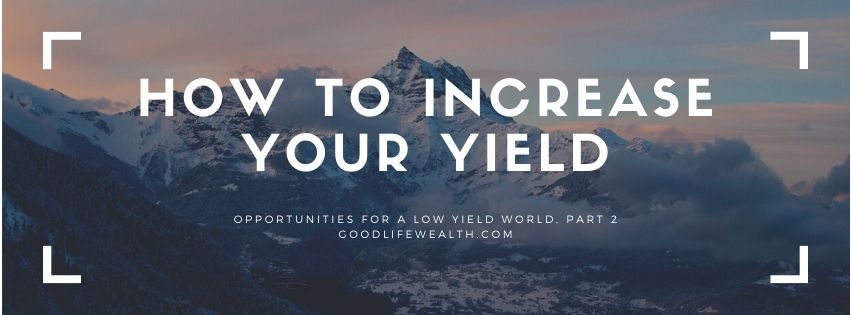A new bi-partisan COVID Relief bill passed Congress this week and will impact almost every American in a positive way. This stimulus legislation creates additional income and tax benefits to offset the economic damage of Coronavirus. The $900 Billion bill includes another stimulus payment to most Americans, an extension of unemployment benefits, and seven tax breaks. As of this morning, President Trump has not yet signed the bill.
$600 Stimulus Payment
The CARES Act provided many families with stimulus checks this summer. Those checks were for up to $1,200 per person and $500 per child. There will be a second stimulus check now, for $600 per person. Parents will receive an additional $600 for each dependent child they have under 17. Adult dependents are not eligible for a check.
Like the first round of checks, eligibility is based on your income. Single tax payers making under $75,000 are eligible for the full amount. Married tax payers need to make under $150,000. There is a phaseout for income above these thresholds.
Payments will be distributed via direct deposit, if your bank information is on file with the IRS. If not, like before, you will be mailed a pre-paid debit card. This payment will not be counted as taxable income. Payments should start in a week and are expected to be delivered much faster than the two months it took this summer.
These $600 payments are again based on your 2019 income, but will be considered an advanced tax credit on your 2020 income. What if your 2019 income was above $75,000, but your 2020 income was below? If you qualify on your 2020 income, the IRS will provide the $600 credit on your tax return in April. If they send you the $600 based on your 2019 income and your 2020 income is higher, you do not have to repay the tax credit. This is a slightly different process than the first round of checks, and will benefit people whose income fell in 2020.
Unemployment Benefits
The CARES Act provided $600 a week in Federal Unemployment Benefits, on top of State Unemployment Benefits. This amount was set to run out on December 26. The new COVID Relief Bill provides an 11-week extension with a $300/week Federal payment. Now, unemployed workers will have access to up to 50 weeks of benefits, through March 14. Unfortunately, because of how late the legislation was passed, states may be unable to process the new money in time. So, there may be a gap of a few weeks before benefits resume.
Seven Other Tax Benefits
- Child Tax Credit and Earned Income Tax Credit. Under the new legislation, tax payers can choose between using their 2019 or 2020 income to select whichever provides the larger tax credit.
- Payroll Tax Deferral. For companies who offered a deferral in payroll taxes in Q4, the repayment of those amounts was extended from April to December 31, 2021.
- Charitable Donations. The CARES Act allows for a $300 above-the-line deduction for a 2020 cash charitable contribution. (Typically, you have to itemize to claim charitable deductions.) The new act extends this to 2021 and doubles the amount to $600 for married couples.
- Flexible Spending Accounts (FSAs). Usually, any unused amount in an FSA would expire at the end of the year. The stimulus package will allow you to rollover your unused 2020 FSA into 2021 and your 2021 FSA into 2022.
- Medical Expense Deduction. In the past, medical expenses had to exceed 10% of adjusted gross income to be deductible. Going forward, the threshold will be 7.5% of AGI. This will help people with very large medical bills.
- Student Loans. Under the CARES Act, an employer could repay up to $5,250 of your student loans and this would not be counted as taxable income for 2020. This benefit will be extended through 2025.
- Lifetime Learning Credit (LLC). The LLC was increased and the deduction for qualified tuition and related expenses was cancelled. This will simplify taxes for most people, rather than having to choose one.
Read more: Tax Strategies Under Biden
Summary
The new COVID Relief Bill will benefit almost everyone and will certainly help the economy continue its recovery. For many Americans, the stimulus payments and continued unemployment benefits will be a vital lifeline. Certainly 2020 has taught all of us the importance of the financial planning. Having an emergency fund, living below your means, and sticking with your investment strategy have all been incredibly helpful in 2020.
Read more: 10 Questions to Ask a Financial Advisor
If you are thinking there’s room for improvement in your finances for 2021, it might be time for us to meet. Regardless of what the government or the economy does in 2021, your choices will be the most important factor in determining your long-term success. We will inevitably have ups and downs. The question is: When we fall, are we an egg, an apple, or a rubber ball? Do we break, bruise, or bounce back? Planning creates resilience.













